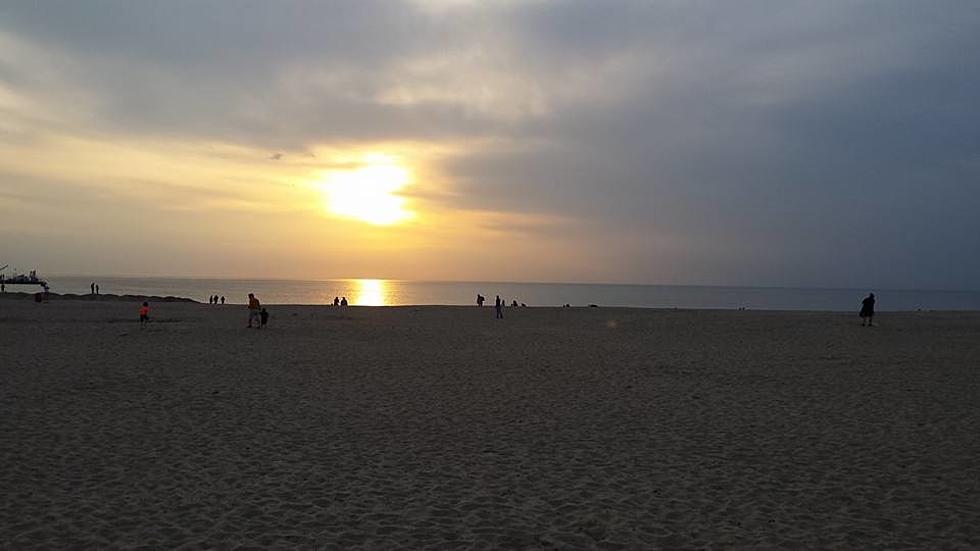
Be Aware Of The Great Lakes Rip Currents; Record Drownings
The drownings in the Great Lakes this year are on a record pace. According to officials with the Great Lakes Water Safety Consortium, there have been 51 drownings in the Great Lakes this year. Those 51 drownings are two more than at this time in 2018, which was a record year for drownings. Lake Michigan alone accounts for 27 of those drownings, which is nearly twice the 15 fatalities in Lake Michigan this time last year.
Most of these drownings are due to rip currents. What are rip currents? According to the National Oceanic and Atmospheric Administration (NOAA) they are:
Rip currents are powerful, narrow channels of fast-moving water that are prevalent along the East, Gulf, and West coasts of the U.S., as well as along the shores of the Great Lakes.
Moving at speeds of up to eight feet per second, rip currents can move faster than an Olympic swimmer.
Panicked swimmers often try to counter a rip current by swimming straight back to shore—putting themselves at risk of drowning because of fatigue.
Jamie Racklyeft, president and executive director of the nonprofit organization that tracks drownings and a rip current survivor was quoted in the Detroit News stating:
It's a neglected public health issue, and I would probably stop short of saying it's a crisis…People always think it'll happen to someone else, that they know how to swim, but in reality, our rip currents are more than Olympian swimmer Michael Phelps can handle.
Last year on the Great Lakes a record was set with 117 drownings. Those 117 drownings was a 33% spike from the year before according to the Great Lakes Surf Rescue Project, which has been tracking drownings on the five lakes since 2010.
There is quite an increase of drownings in Lake Michigan however drownings on:
- Lake Erie have decreased to 11 fatalities compared with 17 this time last year
- Lake Ontario fatalities decreased to six compared with 10 this time last year
- Lake Huron fatalities are equal with last year total at five
Jamie Racklyeft, president and executive director of the nonprofit organization that tracks drownings and a rip current survivor said 80% of drowning victims are men, and especially young men, who often swim past the buoys into restricted sections.
The moral of this story is be very aware of your family members, friends and others who are swimming the Great Lakes and do not swim where there are no lifeguards and do not go past the buoys, guys you are not that strong.

